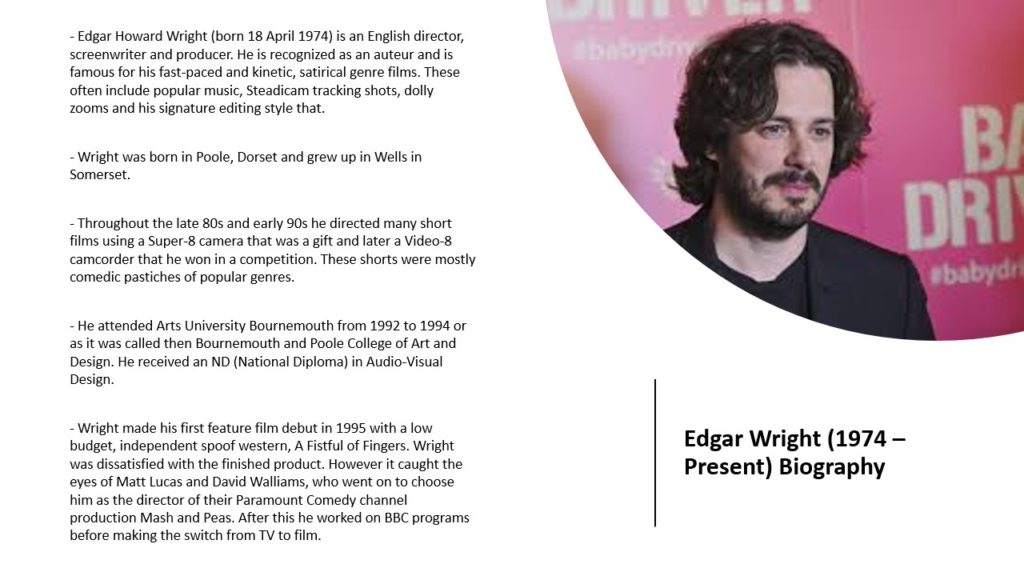
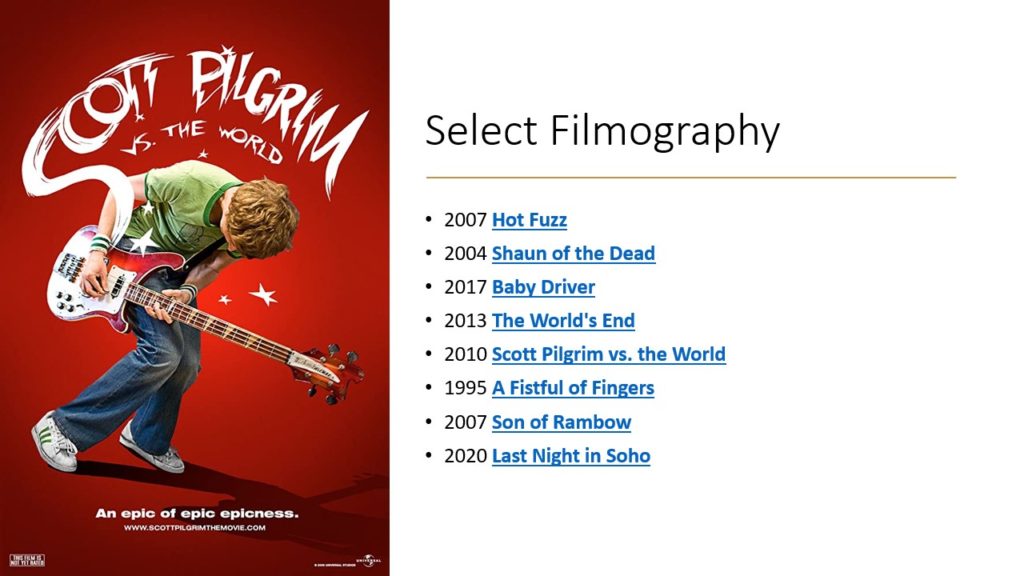
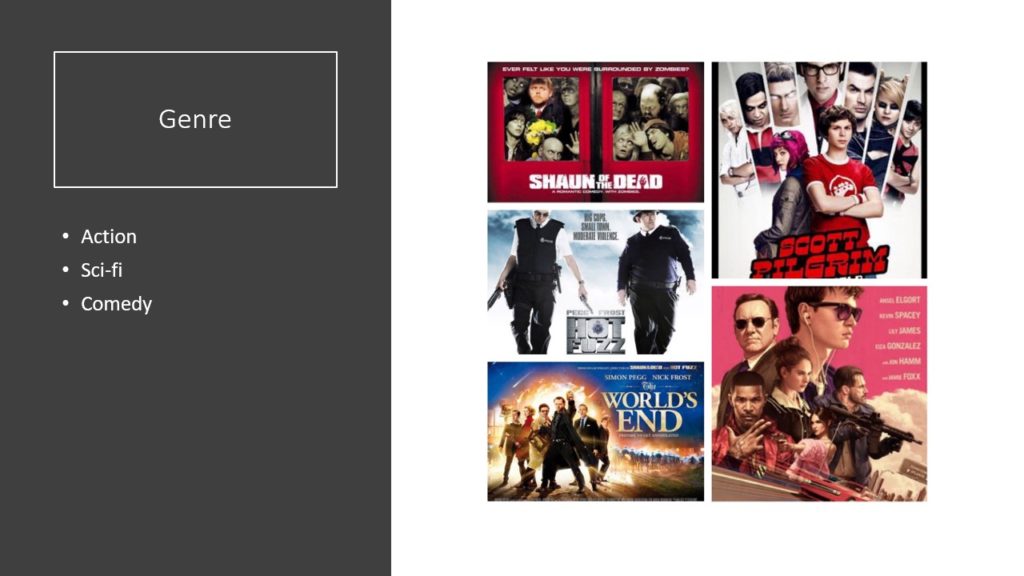
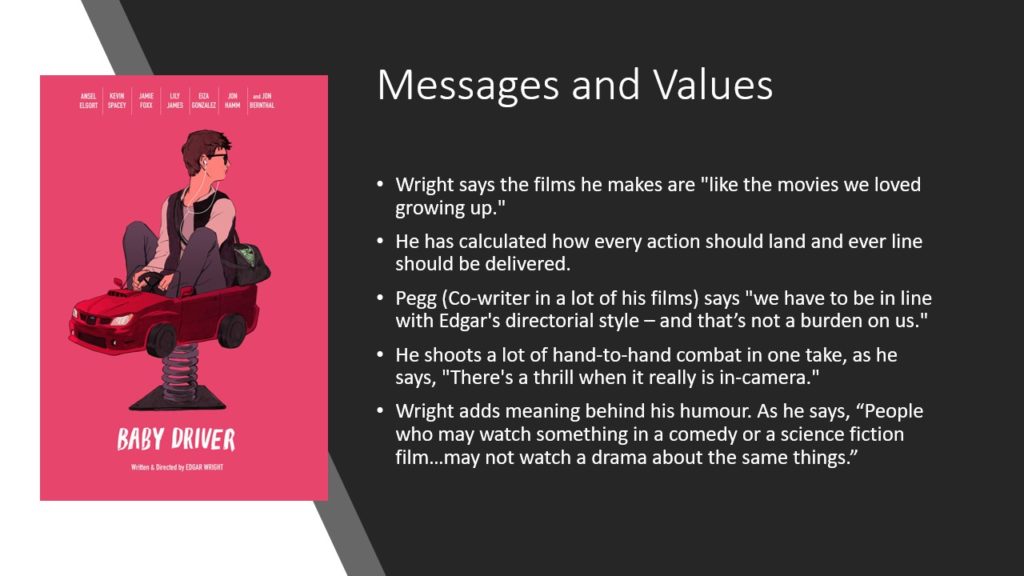
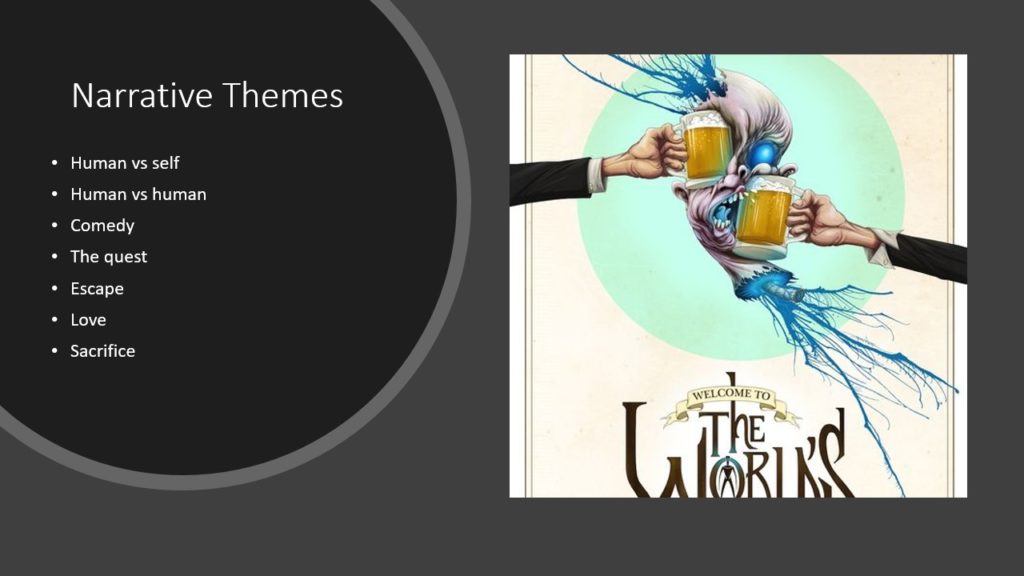
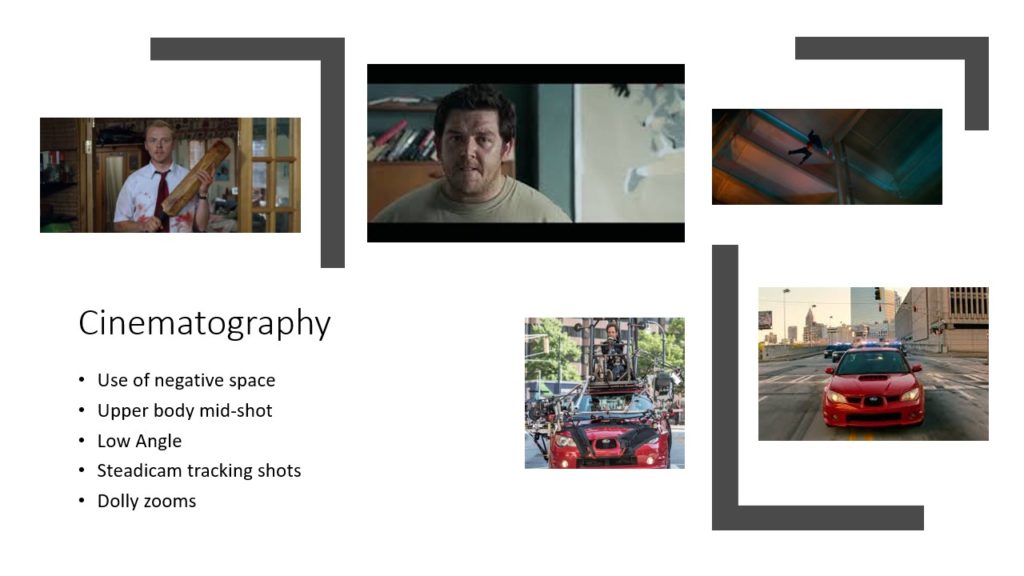
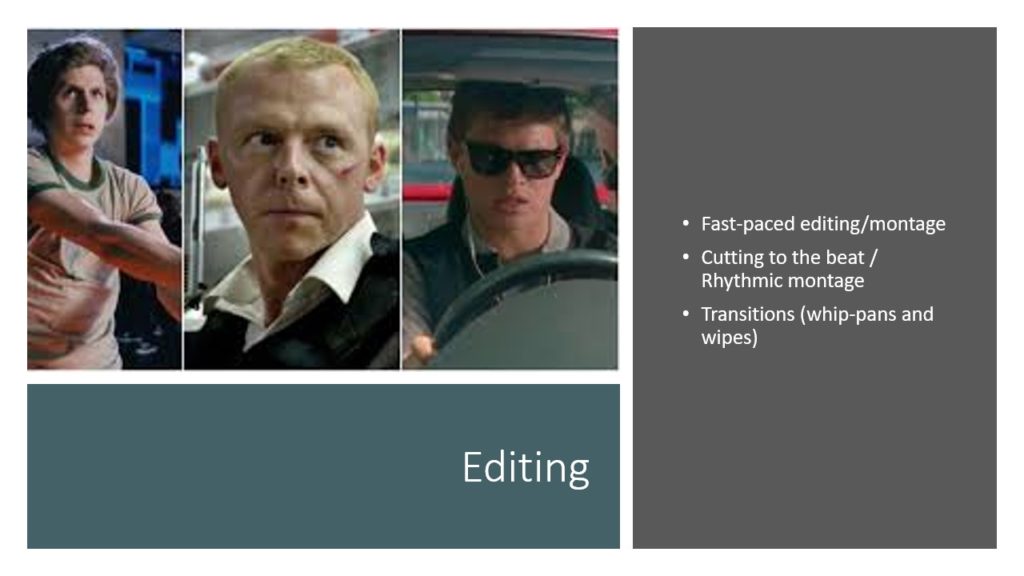
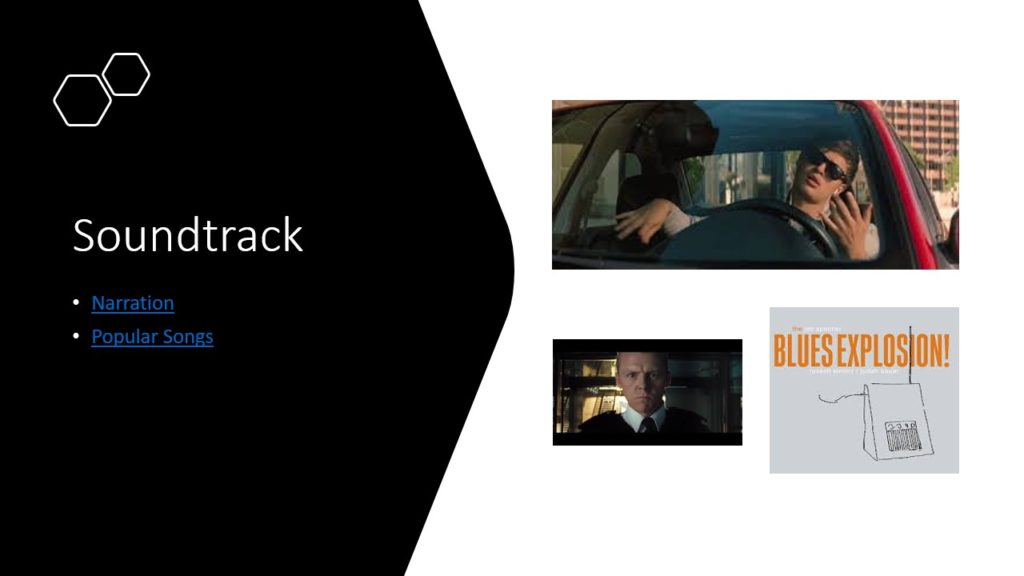
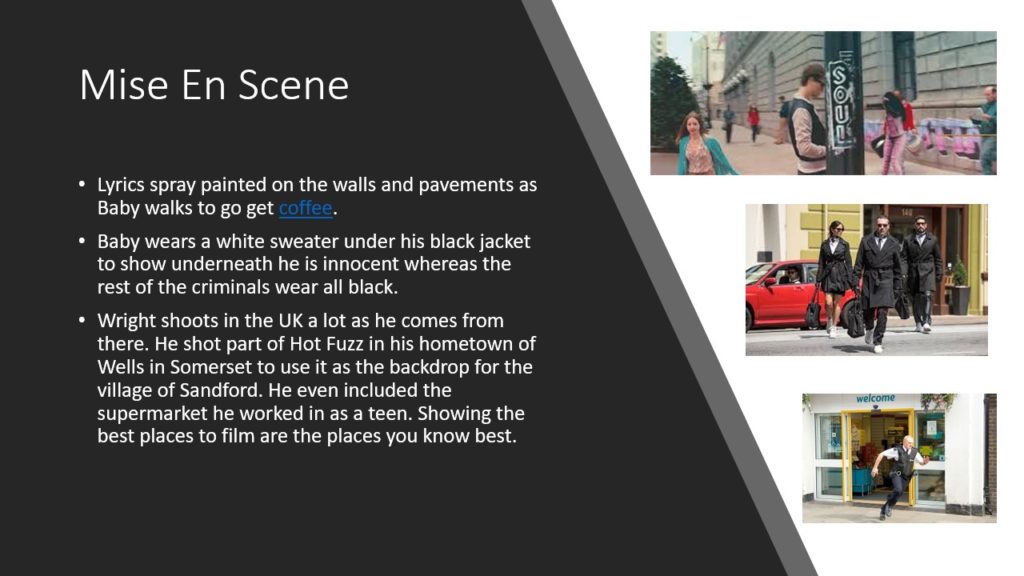

















In 1946, just after the end of the 2nd world war, foreign films began to be allowed to be shown in French cinemas. Also previously banned French films were allowed to be viewed. Hollywood films were now able to be watched again and popular directors like Alfred Hitchcock, Orson Welles and John Ford were inspiring French filmmakers. French film magazines began to write about how filmakers were artists in their own rights and used to camera to tell storys. They believed that films were more unique to the directors and represented their style for example an a film directed by Alfred Hitchcock was a ‘Hitchcock film’ rather than a ‘Paramount Pictures film’.
An early essay written by Alexandre Astruc included the phrase ‘ Caméra au Stylo’ which mean ‘Camera Pen’. He wrote this to say that filmmakers used the camera as a tool, like an artists uses a paint brush or a writer uses a typewriter.
Popular techniques of the French New Wave era included, Jump cuts and breaking the 4th wall. These techniques aimed to distance the audience from the film and make them feel like they are watching a film. This was almost a forbidden practice in traditional filmmaking.

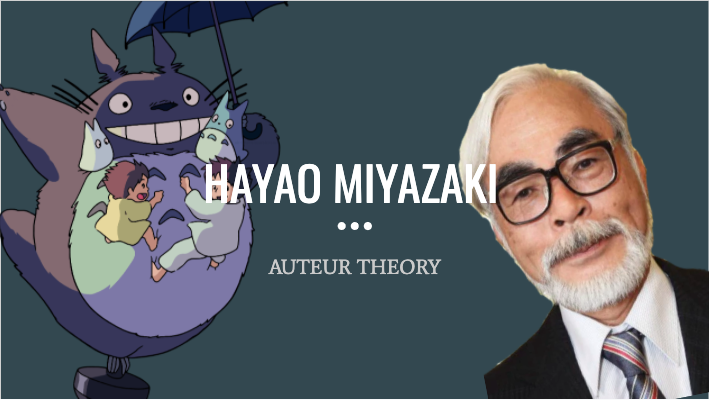
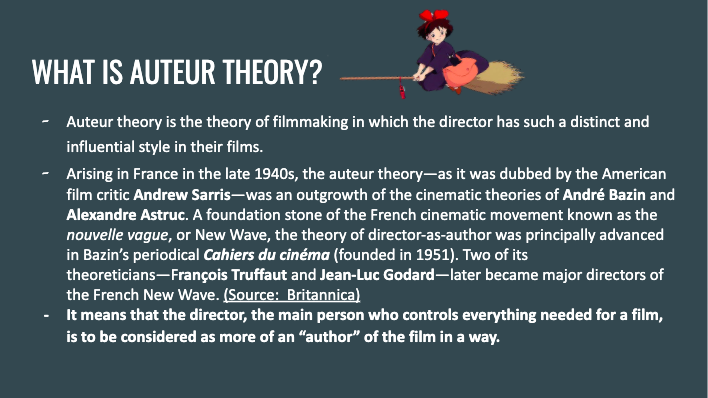
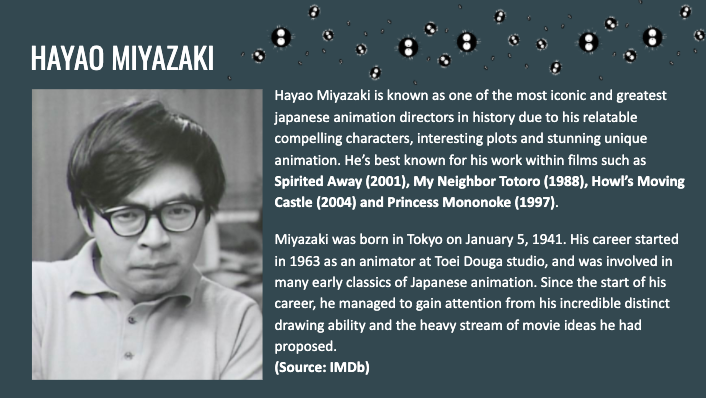

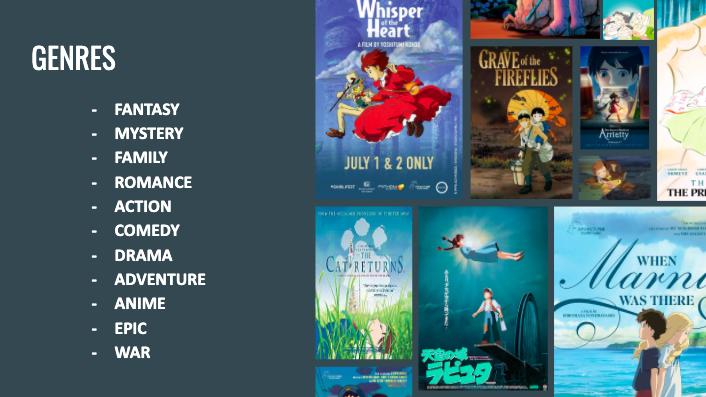
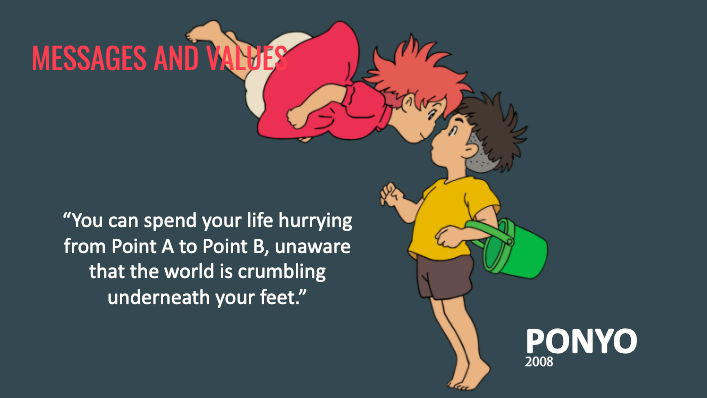
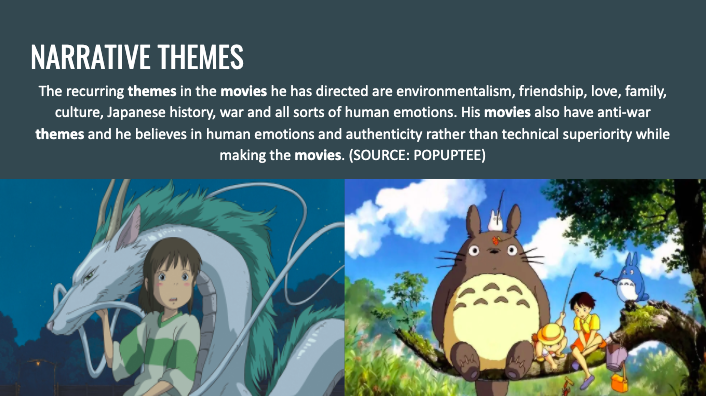
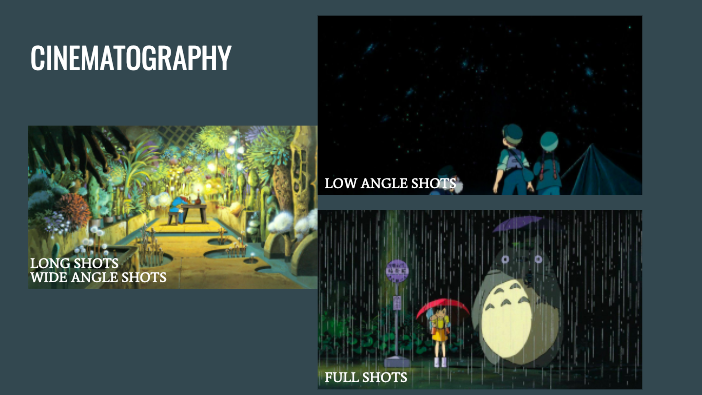
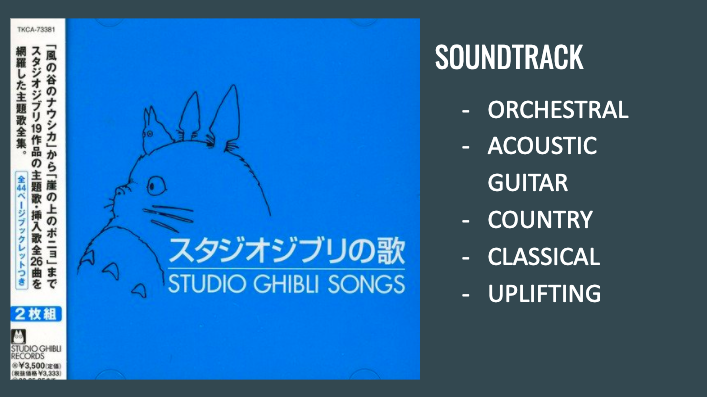
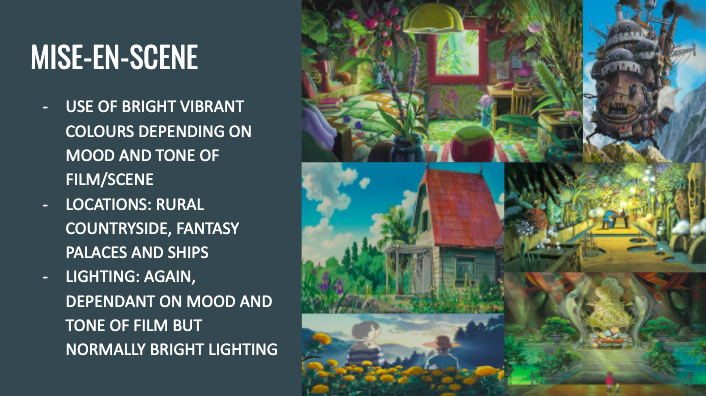
T

Well done to all of you who have submitted your Comparative Study research question proposals!
If you haven’t done so already then this has to be your priority this week. I’ll be getting back to those who have submitted initial ideas in the next couple of days on how to modify and improve your research questions so that they meet IB’s criteria for this assessment. If you’ve already had this feedback from me then you should be able to get going on the research (inquiry) phase of the task.
This week, the thematic focus is on Auteur Theory which is a really important concept attached to studying film at this level. I’ve emailed you the teaching PowerPoint slides which explain the details on how to complete the Auteur Presentation research task homework for this week.
Remember, that most of my slides contain hyperlinks to YouTube videos which will explain concepts further and show you examples from films to help you understand them.
Before you start the Auteur Presentation research task (due in this Friday 1St May ), I advise that you read through the slides and watch the video on Auteur Theory at the start. Danny Boyle is one of my favourite directors and I’ve hyperlinked examples of his trademark style all the way through the presentation for you to watch.
If you’re unsure whether the director that you want to look at would be a good choice for this task then don’t hesitate to e mail me for feedback first.
French cinema magazines in 1946/7 called filmmakers/directors artists and instead of using a pen to create their art they use cameras and that each of these artist owned the film, (a Hitchcock film is a Hitchcock film not a Paramount Studios film). Alexandre Astruc a popular film critique described a camera as a “camera pen” as it is a tool used to create art just as a pen is traditionally used to create art.
Andre Bazin co-founded a French cinema magazine called “Cahiers du Cinema” or ‘Notebooks on Cinema’ in 1951. It employed Jean-Luc Godard and Francois Truffaut; them along with others came up with a list of principles for auteur theory (“La politique des auteurs”). (An auteur is a film director who influences their films so much that they rank as their author). It made up the major tenants of the French New Wave. These were: an emphasis on the realism of mise-en-scene (giving an objective view of the world and helped with low budgets as no sets would have to be constructed), to use long takes and deep focus to achieve realism and made the viewer more active and enabled them to interpret what they are seeing, and the most important principle is that the film should be a conversation between the auteur and the audience.

The majority of French films were hollow adaptions of famous novels, lacking any vision from the director. So in 1958, Truffaut deemed the Cannes film festival (Showcasing of the best 12 French films made that year) for awarding these uninspired mediocrity, which got him banned from the festival. Because of this Truffaut made a film of his own called “The 400 Blows” which was about a troubled youth. He used his years of critiquing to help him create a masterpiece. He showed loads of people when his film got into Cannes Film Festival, where Truffaut went on to win the best director prize. This paved the way for other Cahier writers to make their own films.
One of these Cahier writers that made one was Jean Luc Godard and his film “Breathless” (1960). Which he used jump cuts, in which a single shot would appear to jump forward in time. His use of jump cuts purposely distanced the audience from the story and made it clear that they were watching a film. This is normally forbidden in typical film-making.

The French New Wave changed cinema and gave a voice to the voiceless. It also showed you don’t need the studio system or huge budgets to make great films. This inspired the filmmakers outside of France and played a role in starting the American New Wave.
The French New Wave filmmakers showed all other filmmakers that you don’t need elaborate sets or the latest and best equipment to make a great film. All you really need is a vision.
To what extent do the films Metropolis and Parasite demonstrate a change in the representation of class conflict over time?
Film 1: Metropolis (1927)
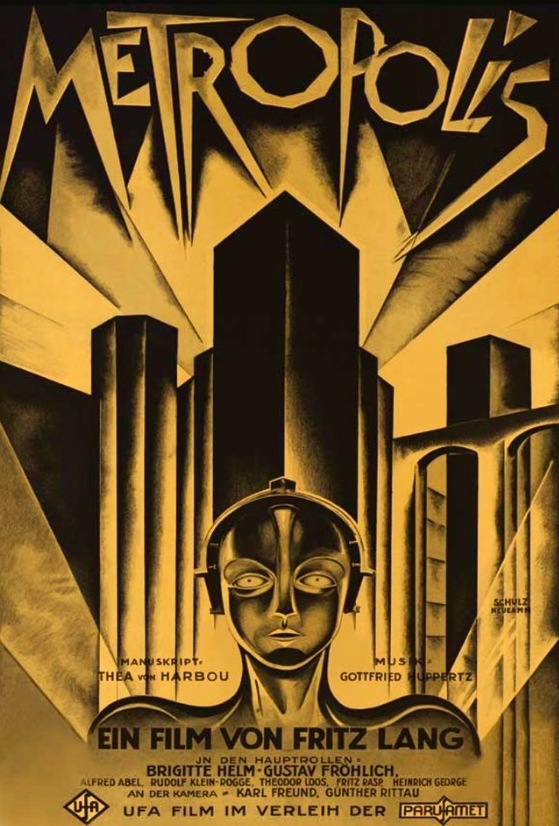
Film 2: Parasite (2019)
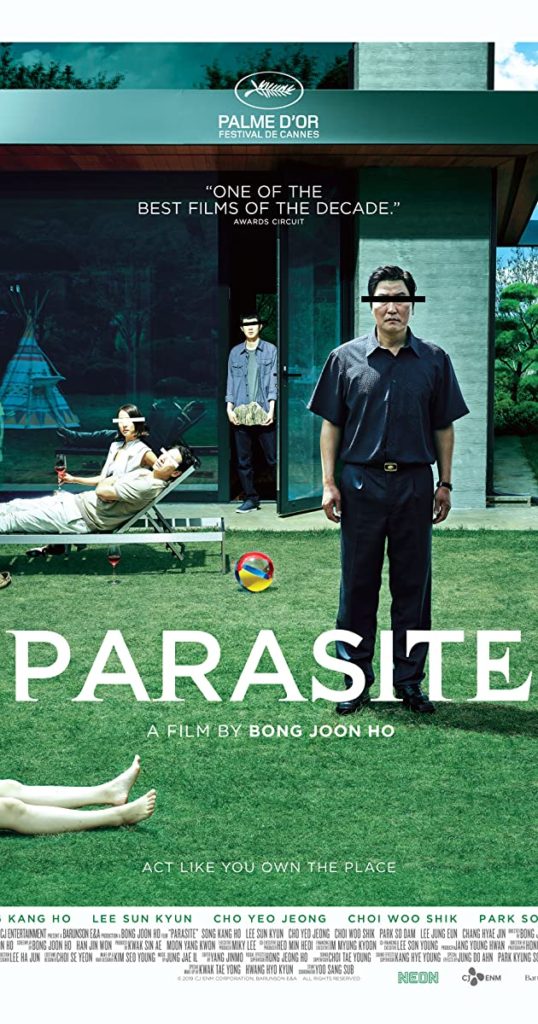

Dir. Mathieu Kassovitz
Cinematographer. Pierre Aim
1995

Dir. Spike Lee
Cinematographer. Ernest Dickerson
1989
The key narrative and technical conventions of French New Wave:
Film Theorists Andre Bazin who co founded the French magazine Cahiers du cinema in 1951 and Alexandre Astruc who wrote a film essay titled ‘Birth of a new avant-garde: la camera stylo’ both believed in the theory of the ‘camera-stylo’ or “camera pen”. This was the concept of how film directors should be held responsible for the audio and visual features of the film, rather than just the writer of the screenplay and is therefore deemed to be the “author” of the movie. This theory was known as the ‘Auteur Theory’ and would be commonly linked with French directors of the French New Wave like Francois Truffaut and Jean-luc Godard.

French New wave had many characteristics which were stark contrasts to previous movements like German Expression and Hollywood Films like the emphasis of realism in the mise-en-scene that gave the audience an unbiased view of the world. Also the repetitive use of jump cuts and long takes like in the film Breathless (1960) that rebelled against the traditional use of shot reverse shots in conventional cinema.
Area of film focus: Film noir
Film 1: The Maltese Falcon (1941)
Film 2: Brick (2005)
Question: How do these films show how the genre has changed over time?